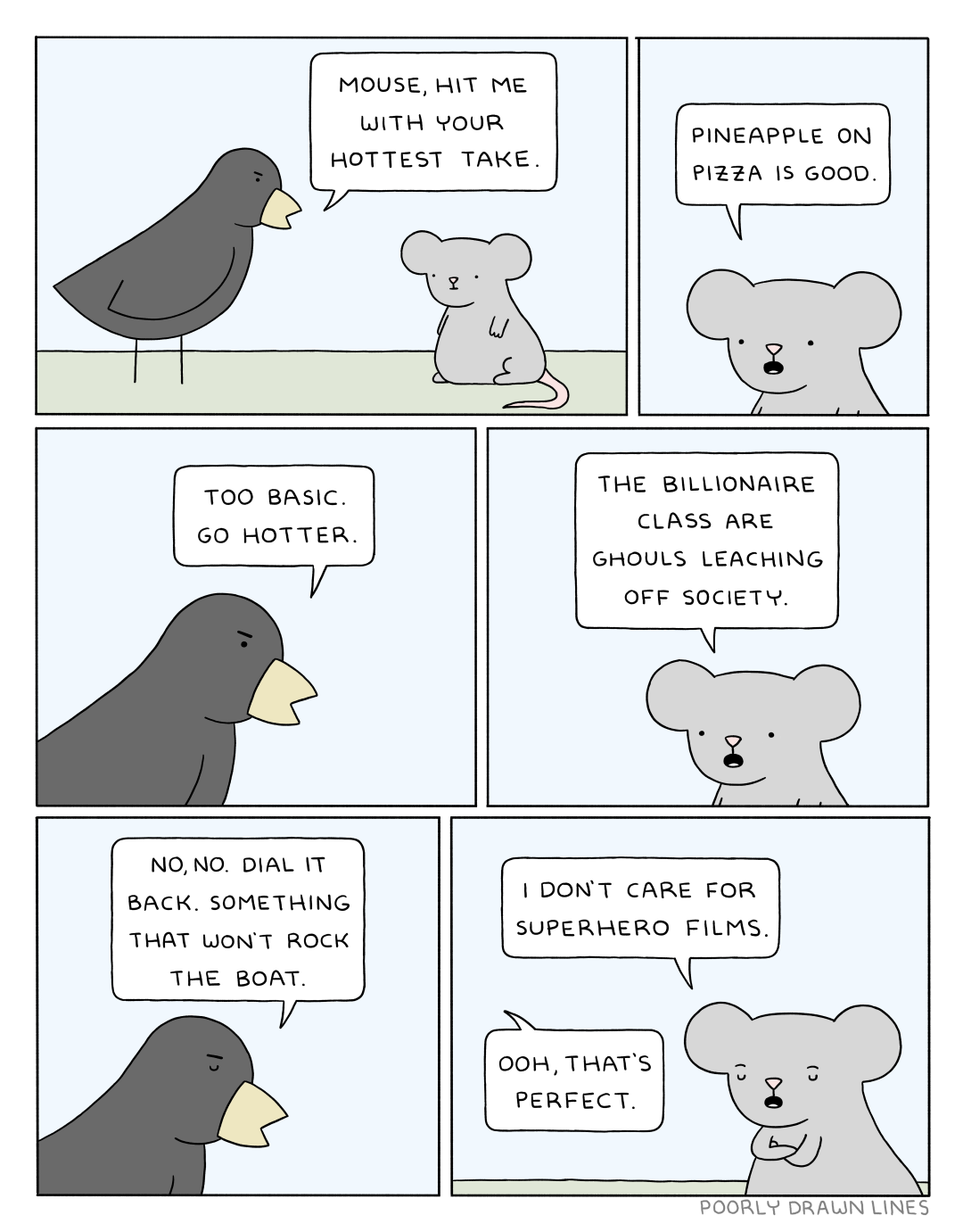Anti-AI sentiment gets big applause at SXSW 2024 as moviemaker dubs AI cheerleading as ‘terrifying bullsh**’
🔗 a linked post to
techcrunch.com »
—
originally shared here on
I gotta find the video from this and watch it myself, because essentially every single thing mentioned in this article is what I wanna build a podcast around.
Let’s start with this:
As Kwan first explained, modern capitalism only worked because we compelled people to work, rather than forced them to do so.
“We had to change the story we told ourselves and say that ‘your value is your job,” he told the audience. “You are only worth what you can do, and we are no longer beings with an inherent worth. And this is why it’s so hard to find fulfillment in this current system. The system works best when you’re not fulfilled.”
Boy, this cuts to the heart of the depressive conversations I’ve had with myself this past year.
Finding a job sucks because you have to basically find a way to prove to someone that you are worth something. It can be empowering to some, sure, but I am finding the whole process to be extremely demoralizing and dehumanizing.
“Are you trying to use [AI] to create the world you want to live in? Are you trying to use it to increase value in your life and focus on the things that you really care about? Or are you just trying to, like, make some money for the billionaires, you know?” Scheinert asked the audience. “And if someone tells you, there’s no side effect. It’s totally great, ‘get on board’ — I just want to go on the record and say that’s terrifying bullshit. That’s not true. And we should be talking really deeply about how to carefully, carefully deploy this stuff,” he said.
I’ve literally said the words, “I don’t want to make rich people richer” no fewer than a hundred times since January.
There is so much to unpack around this article, but I think I’m sharing it now as a stand in for a thesis around the podcast I am going to start in the next month.
We need to be having this conversation more often and with as many people as possible. Let’s do our best right now at the precipice of these new technologies to make them useful for ourselves, and not just perpetuate the worst parts of our current systems.
